
GlobalSpa
05-Dec-2020
Located in the heart of the breathtaking Sierra Nevada Mountains, Mammoth Lakes is easy to access by car from anywhere in California. Road tripping to Mammoth Lakes is an experience in itself.
From Southern California, you'll pass by iconic natural wonders, including Mt. Whitney, the Ancient Bristlecone Pine Forest and Death Valley. Traveling from the north, be sure to stop by Bodie State Historic Park or the other-worldly Mono Lake. No matter where you're driving from, once you hit the scenic Hwy. 395 you'll instantly feel like "the mountains are calling" as towering Eastern Sierra peaks dominate the horizon.
DRIVING FROM SOUTHERN CALIFORNIA TO MAMMOTH LAKES
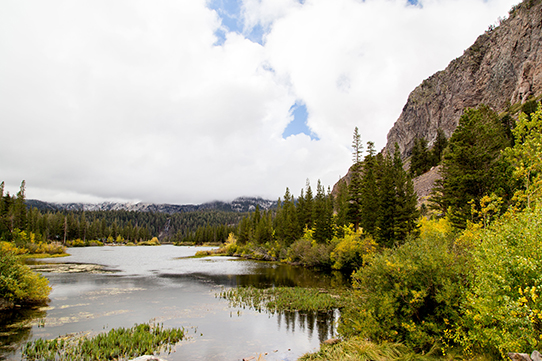
Nothing beats the freedom of the open highway, and a road trip to Mammoth Lakes from Southern California. It takes travelers from the cactus-studded landscape of the Mojave Desert into the broad Owens Valley. Flanked by some of North America’s most impressive mountains and lined with ancient glacial lake beds, it's easy to see why Hwy. 395 to Mammoth Lakes is considered a Scenic Byway. Once out of the city, the traffic density dwindles and you’re able to revel in the region's impressive natural beauty. Along the way, several quaint high-desert towns remind visitors of the rural Old West while providing full services to travelers. From chain restaurants to locally-famous eateries and charming hotels, visitors are able to find suitable meals and rest areas along the drive. On the way to Mammoth Lakes, you'll pass these iconic Eastern Sierra landmarks and scenic areas.
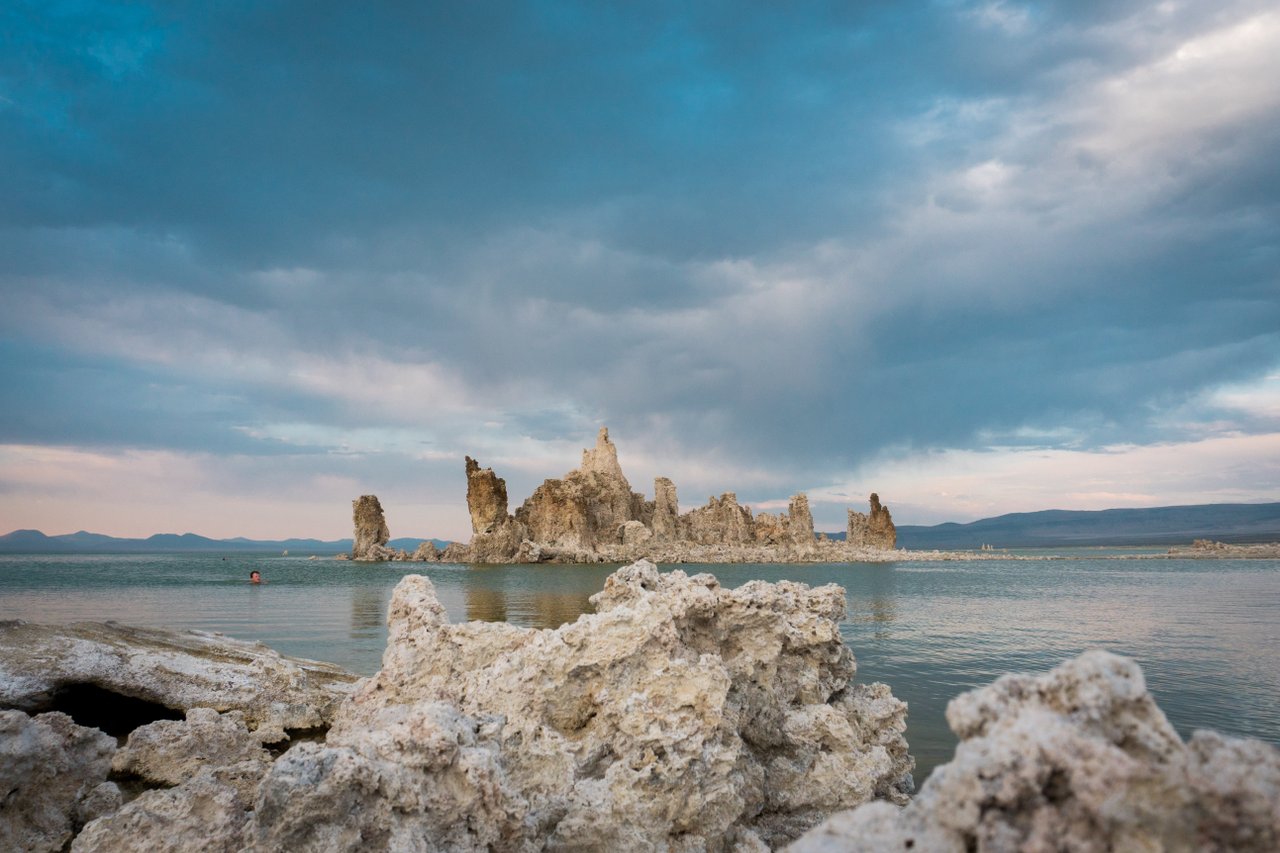
DRIVING FROM NORTHERN CALIFORNIA TO MAMMOTH LAKES
Exhilarating mountain highways loaded with scenic viewpoints are part of the adventure of driving from Northern California to Mammoth Lakes. But traveling over mountain passes to this quaint mountain town changes drastically from summer to winter due to snow, so be sure to check road conditions and closures before you plan your drive. Once the winter's snow melts in late May to early June (although sometimes as late as July), many of the high-alpine passes that cross the Sierra Nevada Mountains open for travel. Each route has its own distinct natural beauty that begs to be explored. With several options on hand, you may want to consider taking a different route home so you can see more of the area. On the way to Mammoth Lakes, you'll pass these iconic Eastern Sierra landmarks and scenic areas.
SCENIC DRIVES IN AND AROUND MAMMOTH LAKES
Mammoth Scenic Loop to Sherwin Creek Road- This 2-hour drive begins at the outskirts of town on the Mammoth Scenic Loop. Lined with stands of quaking aspen, the paved roadway is awash with color during the autumn season. Combine this loop with Valentine Lake which is an often-overlooked hiking destination in Mammoth Lakes’ backyard.
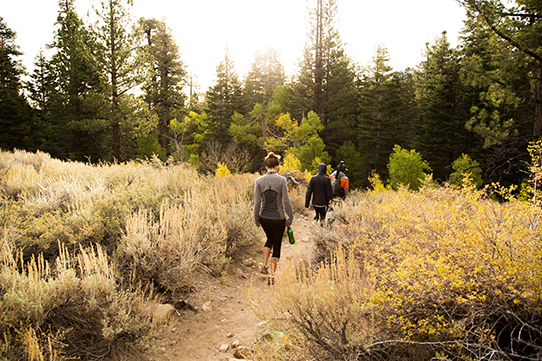
Mammoth Lakes Basin- An autumn vacation to Mammoth Lakes would be incomplete without a visit to the nearby Mammoth Lakes Basin. Surrounding the many alpine lakes, isolated groves of fluorescent aspen stand out against the expansive pine forests. Along the slopes of the rapidly rising mountains, many deciduous shrubs splash their red, yellow and orange foliage against the rocky backdrop.
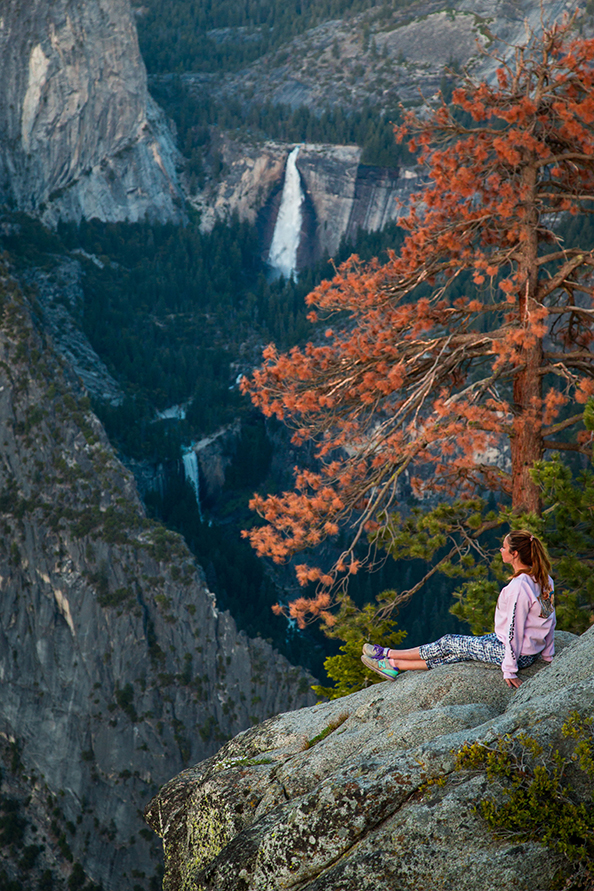
Driving to Yosemite National Park- A spectacular day trip from Mammoth Lakes, California, Yosemite National Park is just a 45-minute drive from Mammoth Lakes. Hike through famous Tuolumne Meadows and dip your toes in Tenaya Lake. Iconic Half Dome, El Capitan and Yosemite Valley waterfalls are a scenic 1.5-hour drive through the park from Tuolumne Meadows. Driving to Mono Lake- Ancient Mono Lake covers more than 65 miles and is over a million years old, making it one of the oldest lakes in North America. Mono Lake has no outlet, so water leaves only through evaporation, causing the lake to be 2.5 times saltier and 80 times as alkaline as the ocean. Driving to June Lake Loop- The June Lake Loop (State Route 158) contains some of the most awe-inspiring displays of fall foliage accessible by automobile. From the Oh! Ridge Campground just off the roadway, visitors can gaze over an endless sea of colorful trees rimming high alpine lakes, their reflections mirrored by deep blue alpine waters. In the distance, the flanks of Carson Peak are aflame with the reds and oranges of deciduous high alpine shrubs. Further down the loop, along the banks of Reverse Creek, groves of aspen and cottonwood shower public picnic areas with a display of golden yellow.
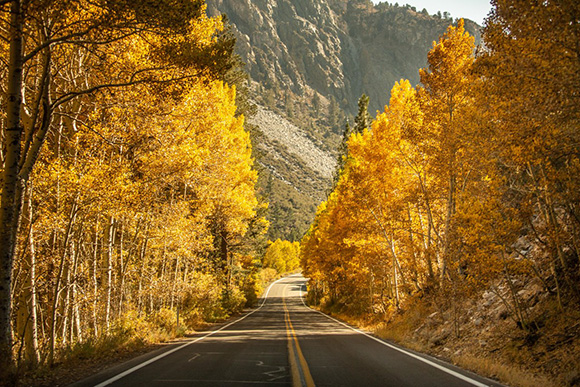
For more information visit: www.visitmammoth.com